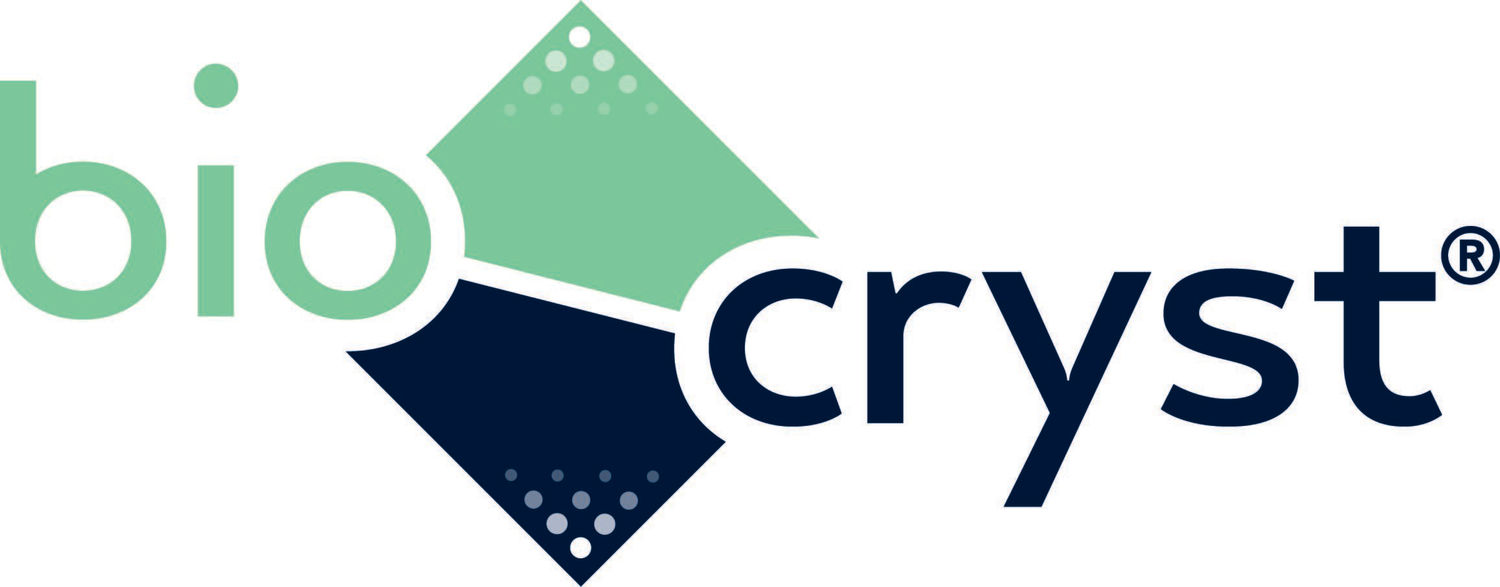A direct link between receptor glycosylation and activation following natural ligand interaction has not been observed. Here, we discover a membrane sialidase-controlling mechanism that depends on ligand binding to its receptor to induce enzyme activity which targets and desialylates the receptor and, consequently, causes the induction of receptor dimerization and activation. We also identify a specific sialyl alpha-2,3-linked beta-galactosyl sugar residue of TrkA tyrosine kinase receptor, which is rapidly targeted and hydrolyzed by the sialidase. Trk-expressing cells and primary cortical neurons following stimulation with specific neurotrophic growth factors express a vigorous membrane sialidase activity. Neuraminidase inhibitors, Tamiflu, BCX1812, and BCX1827, block sialidase activity induced by nerve growth factor (NGF) in TrkA-PC12 cells and by brain-derived neurotrophic factor (BDNF) in primary cortical neurons. In contrast, the neuraminidase inhibitor, 2-deoxy-2,3-dehydro-N-acetylneuraminic acid, specific for plasma membrane ganglioside Neu3 and Neu2 sialidases has no inhibitory effect on NGF-induced pTrkA. The GM1 ganglioside specific cholera toxin subunit B applied to TrkA-PC12 cells has no inhibitory effect on NGF-induced sialidase activity. Neurite outgrowths induced by NGF-treated TrkA-PC12 and BDNF-treated PC12(nnr5) stably transfected with TrkB receptors (TrkB-nnr5) cells are significantly inhibited by Tamiflu. Our results establish a novel mode of regulation of receptor activation by its natural ligand and define a new function for cellular sialidases.








